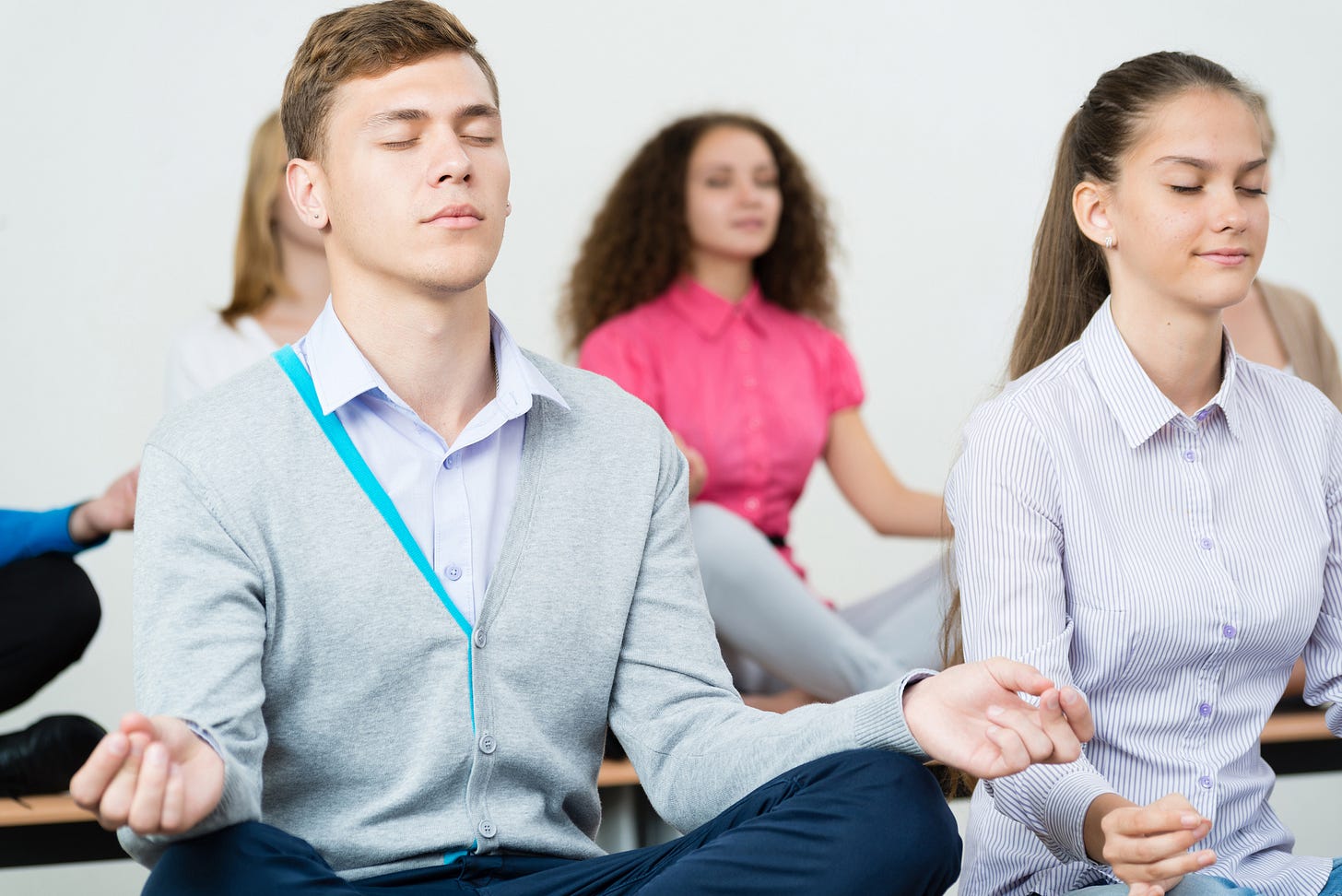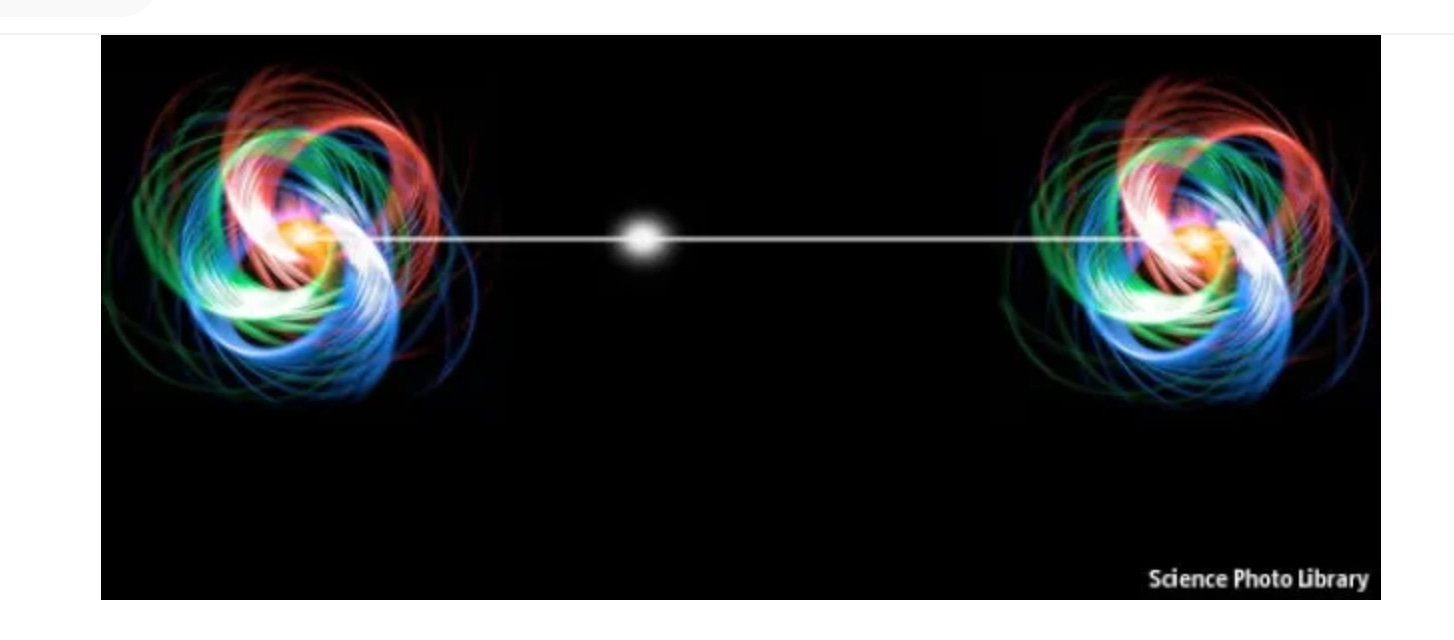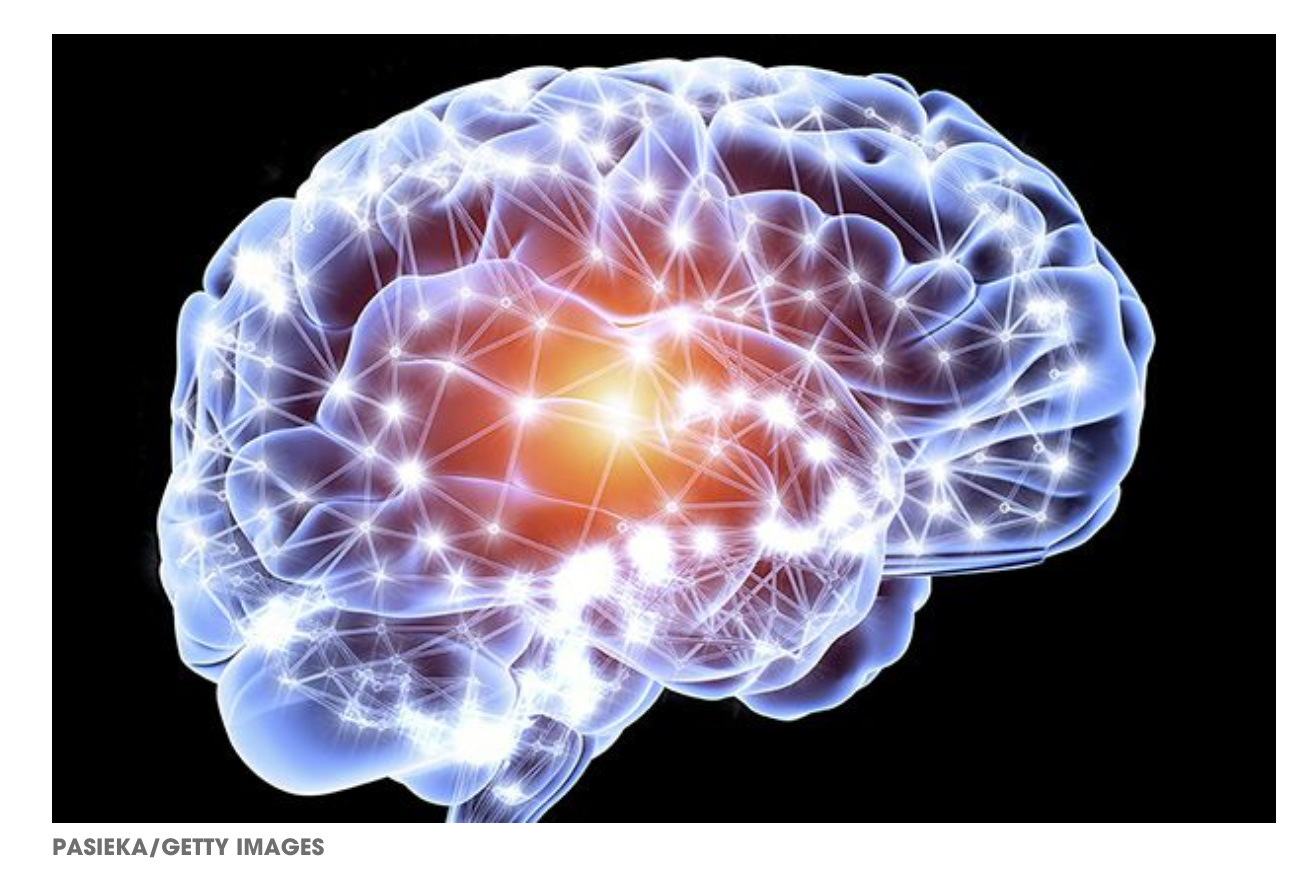The Power of Togetherness for Peace
What I learned meditating with 11,000 people in India
I went to India recently to reduce pain in my body.
But I also went to reduce pain and violence in the world. The headlines are terrifying.
How?
I joined 11,000 people from 139 countries for two weeks to meditate for peace.
If you’re a meditator, you know how sweet and soothing your meditation can be. And if you’ve meditated with others, you know how the personal experience is amplified.
This wasn’t the first time I’d joined a large-group meditation assembly. I was at a similar assembly in Iowa, USA, 40 years earlier.
To be clear, this wasn’t people “praying for peace.”
Instead, it was part of an ongoing global research study. Of group meditation and its effect on violence and war.
Specifically, using the Transcendental Meditation (TM) technique and its advanced techniques. To reduce violence and create coherence in collective consciousness.
Past studies found an effect on war zones when people nearby meditate together. There is less violence, more coherence, and more peace. In other words, the harmonizing influence is seen at a distance from the meditating group.
I know it’s hard to comprehend how this works.
But findings of quantum physics, studying the subtlest aspects of the physical world, also boggle the mind. They conflict with our sensory experience of the world.
The phenomenon known as “action at a distance” in physics means one system influences another, without any physical interaction.
At the time of its discovery, Einstein called this entanglement “spooky.” But the theory's held up in its applications in quantum technology.
How does it work?
Modern physics explains this non-local effect in field theory.
And India’s Vedic tradition explains this non-local effect as a field of consciousness.
It suggests, at the deepest level of the mind, we are one, inextricably connected.
A live EEG brain wave demonstration on the assembly stage showed this effect in a graphic way. A lone meditator's EEG visual display became more coherent as the nearby group began meditating. There were more connections across the whole brain.
Social scientists reviewing thes research studies of group meditation effects were, of course, sceptical. The idea was unfamiliar and astounding to them. But the research was rigorous, and the studies were published and replicated.
The phenomenon is called the Maharishi Effect, after Maharishi Mahesh Yogi, the founder of Transcendental Meditation, who predicted it in the 1960s.
So, how effective was this two-week assembly?
The research results are not yet in. Many variables will be considered. And, no, the international headlines don’t reflect much positive news yet. But we can anticipate good results will be seen in time, reflecting prior studies.
Business, spiritual, and government leaders visited the assembly. They acknowledged the findings of both ancient and modern science. And they pledged to create a permanent peace-creating group of meditators in India.
They recognized a new paradigm for peace. Let’s hope they will act to make the group effect happen.
Finally, what did I learn and take with me?
People of all cultures will travel far, ignore discomfort, and keep smiling when peace is at stake. Even in their 80s.
India’s heritage of yoga and meditation has now been widely adopted around the globe. The practices are embraced as valid tools for health and personal transformation.
Leaders are listening and preparing to collaborate for peace in unforeseen ways. Few other effective options are available to them.
The silence and connection of 11,000 people meditating together cannot be fully put into words. The air vibrates with the power of peace.
I’m forever grateful to have started meditating at age 17. I wish every child had the chance to learn this simple tool for self-care and expansion of consciousness.
Until next time, onward, inward, upward!
With love,
Jeanette





